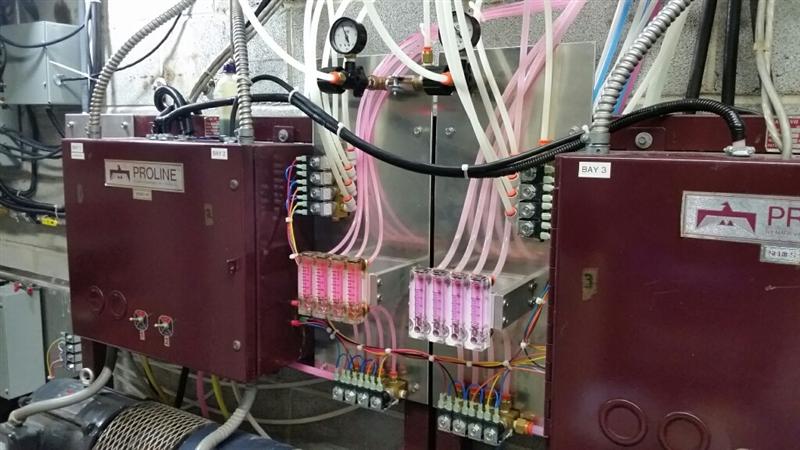Dan-Ark
Active member
Getting close to re opening my wash. having to replace most (if not all) the 1/4 poly tubes. We have air mixing with pre soak and foam brush just before the booms. I replaced the air pressure regulator for the foam brush because it was leaking and I found the old one full of sludge. The next day after testing functions in the bays, I find pink water dripping from the new regulator. it seems fluid is backing both the foam and presoak air lines. Should there be check valves on the air lines? If so do they need to be near the booms in the bay or at the pump stand. This wash is decades old and was refitted around 2006 but I am not finding any check valves on the air supplies. Maybe the air pressure just has to be set higher than the pump pressure to keep the air lines full of air?







